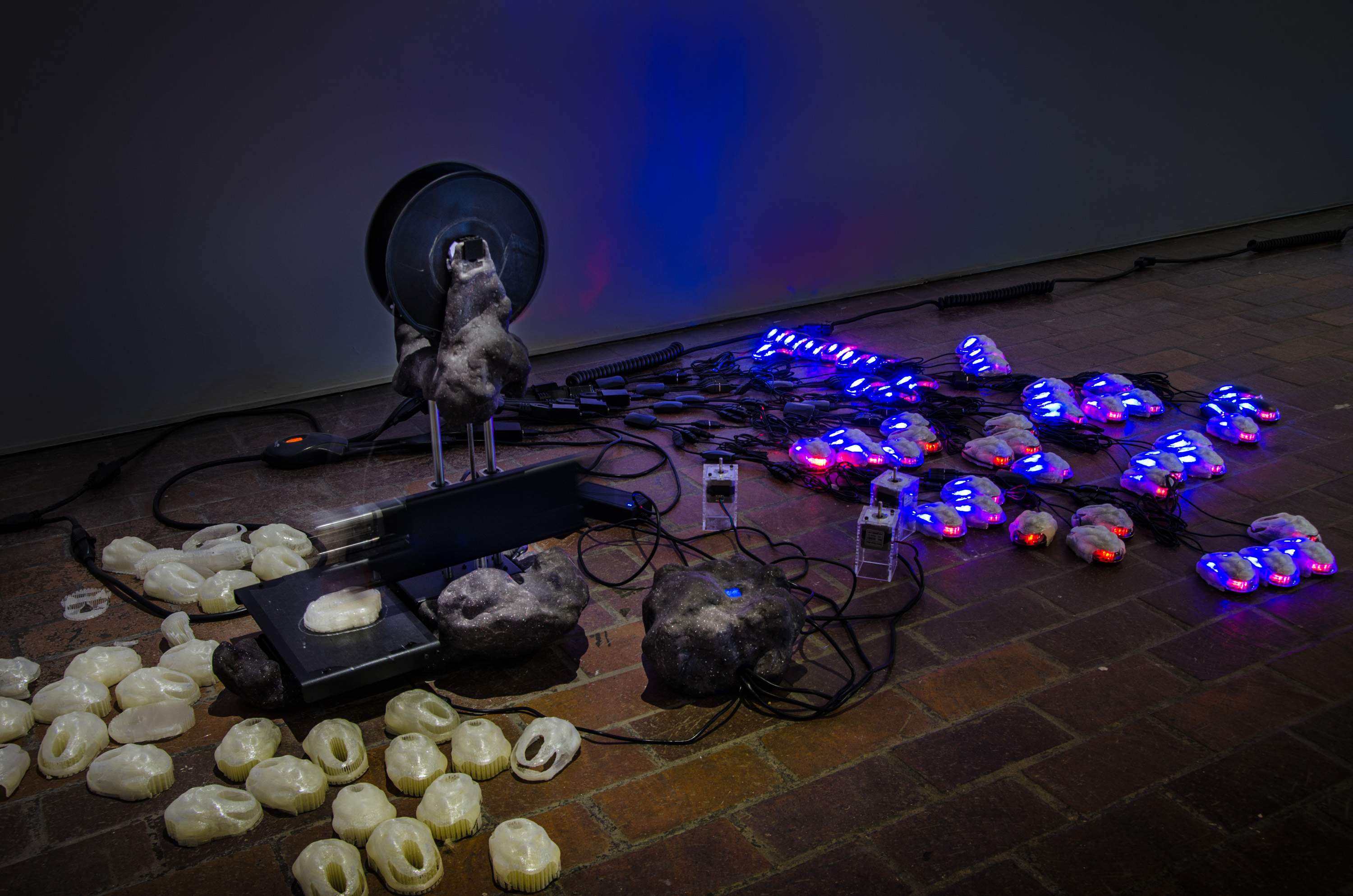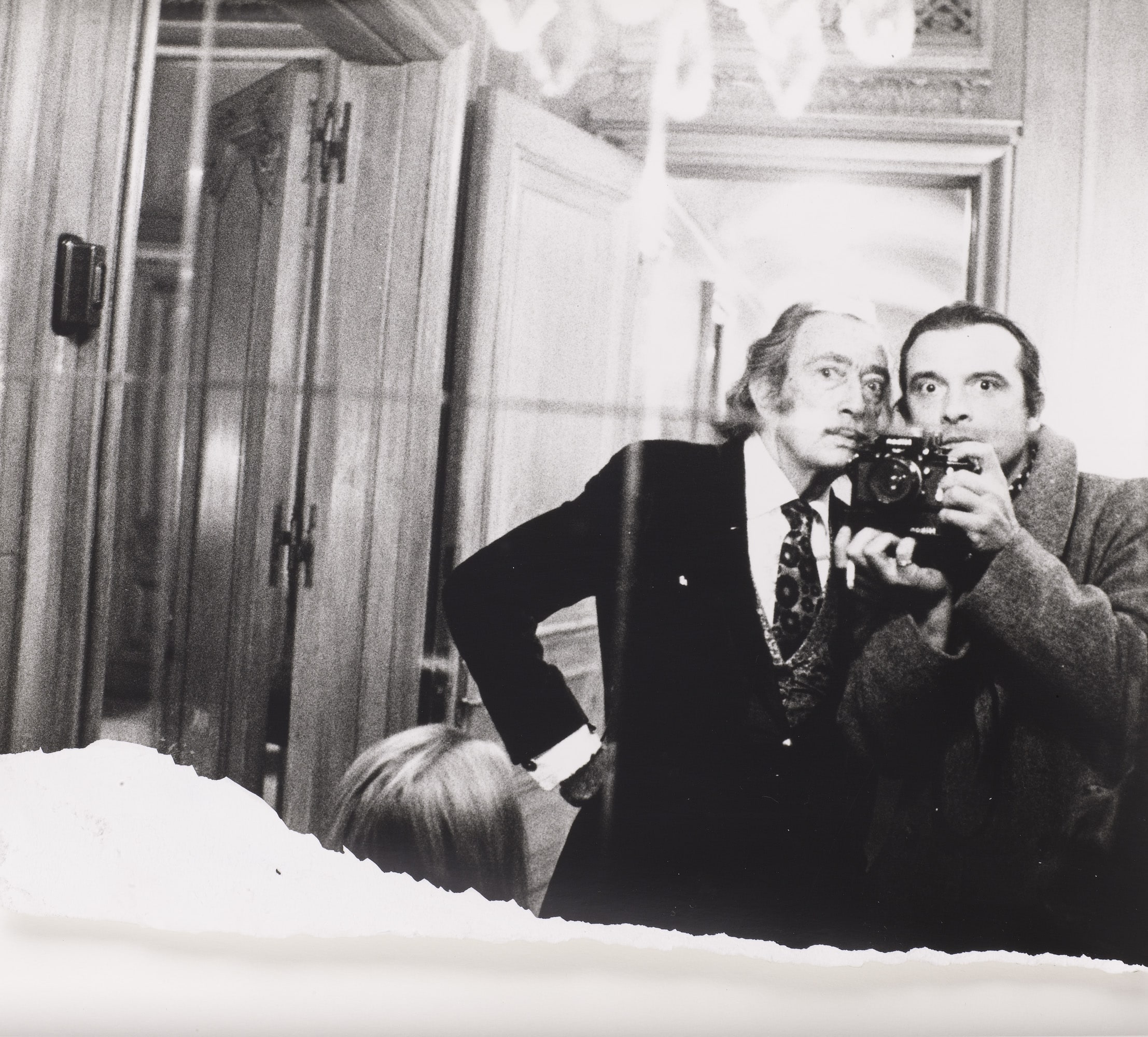The Suna and İnan Kıraç Foundation's Orientalist Painting Collection is one of the most elaborate collections in Turkey. This grand collection brings together important works by European artists inspired by the Ottoman world, Turkey’s regional geography, as well as works of Ottoman artists and how they influenced one another from the 17th century to the early 19th.
The Collection presents a vast visual panorama of the last two centuries of the Ottoman Empire, also includes works by Osman Hamdi and his most famous painting “The Tortoise Trainer”. As the Collection is focused particularly on the Ottoman Orientalist art, it sustains an exceptional stance. Pera Museum organizes long-term thematic exhibitions of this Collection at the Sevgi and Erdoğan Gönül Gallery.

He had imagined the court room as a big place. It wasn’t. It was about the size of his living room, with an elevation at one end, with a dais on it. The judges and the attorneys sat there. Below it was an old wooden rail, worn out in some places. That was his place. There was another seat for his lawyer. At the back, about 20 or 30 chairs were stowed out for the non-existent crowd.

Each memory tells an intimate story; each collection presents us with the reality of containing an intimate story as well. The collection is akin to a whole in which many memories and stories of the artist, the viewer, and the collector are brought together. At the heart of a collection is memory, nurtured from the past and projecting into the future.
Tuesday - Saturday 10:00 - 19:00
Friday 10:00 - 22:00
Sunday 12:00 - 18:00
The museum is closed on Mondays.
On Wednesdays, the students can
visit the museum free of admission.
Full ticket: 300 TL
Discounted: 150 TL
Groups: 200 TL (minimum 10 people)